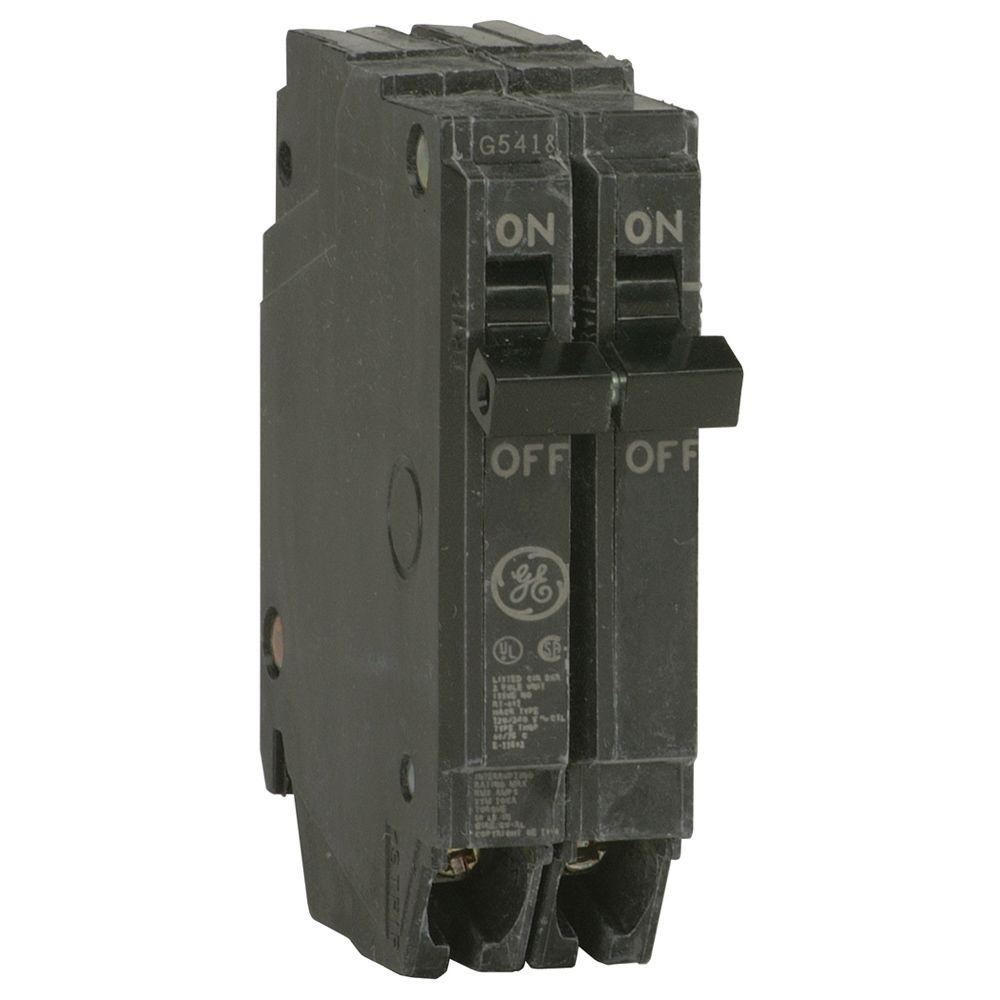Can anyone give me a walkthrough or some pointers to change the 20A breaker to a 30A breaker and run the new wiring out to the front of the garage? I’m pretty handy generally speaking but I don’t know the materials. So I need the new breaker, wiring (I guess if I’m running a TT-30 it should be some type of Romex) and I need a conduit recommendation as well. I will buy the Tesla cable organizer and mount it nearby but I’d also like to build some type of shelter or enclosure (with vents I guess) to keep it connected long-term to avoid stress on the outlet.
In the inside cover of your panel it will list the breaker types that are approved for the panel. Generally you just need to match the manufacturer. So if it's a GE panel, go to Home Depot/Lowes and get a GE 30A breaker.
There are also two-letter codes for breaker types that you can use for an exact match, so if you see those try to match the code. For example, my Siemens panel accepts several breaker types. QP is one of them. From your photos, it looks like yours are all type QP.
With new breaker in hand,
1. Turn off the main breaker. The incoming service leads are always hot, be careful of them.
2. Remove panel cover
3. Grasp the breaker you want to remove and pivot it keeping the central side down while pulling towards you the side with the screw and wire. If the main breaker is off then the screw and wire are not live. If the main breaker is on then turn off the breaker first. Its screw and wire will not be live but all the other ones will be.
4. Unscrew the wire from the terminal on the breaker you just removed.
5. Screw the wire into the terminal on the new breaker. To do this right you need a torque wrench to ensure you tighten the screw to the torque required, usually listed inside the panel cover. If you don't have a torque wrench do it as tightly as you can, then try to tighten it again. High current warms the wire, causes it to expand, and can over time cause the wire to wiggle its way out from under the screw. This can increase resistance and temperature and possibly cause a fire. Tighten that screw!
6. Put the breaker back in the opposite way from how you got the old one out. If you didn't have a main breaker in step 1, make sure the new breaker is in the off position before you put it in.
7. Turn power back on and turn on the new breaker.
A word about breaker types: If your panel is an older brand that isn't sold anymore (and it looks like an old panel) then they do make generic breakers. The reason you're supposed to use breakers compatible with your panel manufacturer is that the clips that hold the breaker to the bus bar in the back of the panel vary a little among manufacturers and if you use an incompatible one it might work but it might not hold in there for long or under sustained load. I don't think generic breakers are a good idea - better idea is to replace the panel IMO.
For a 30A breaker make sure you're using 10 gauge wiring. Romex is fine in a garage if it's behind drywall but if you're putting it in conduit on the surface then you need to use THHN/THWN wiring in the conduit because a garage is considered "wet" and Romex isn't allowed in "wet" locations. It's not "wet" if it's behind drywall.



